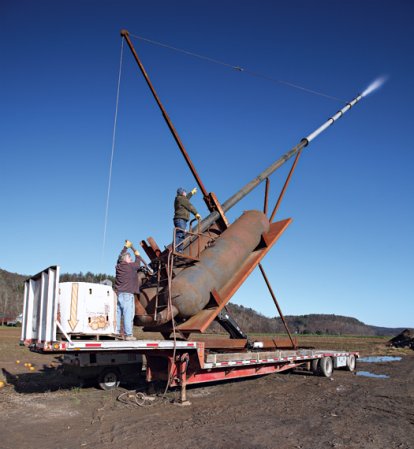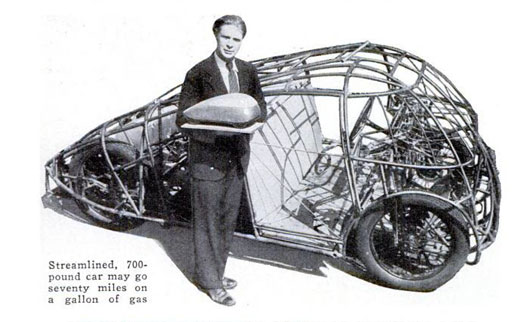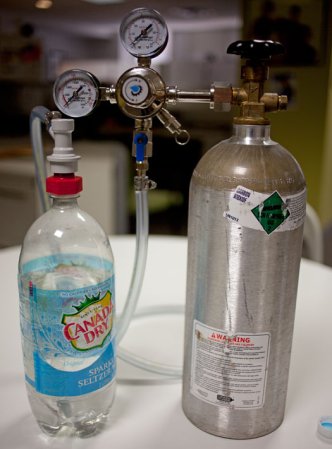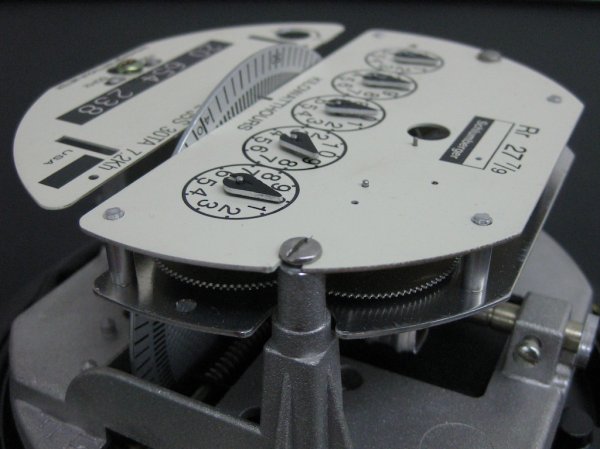

You’ve almost certainly seen a pressure gauge somewhere: on an air compressor, a steam boiler or perhaps an automotive vacuum gauge. Have you thought much about how that gauge works? Magic? Elves? We’ll rip one open to find out.
Anyone who has been reading my posts will have surmised that I like clever mechanisms. The Bourdon tube, which is the source of the pressure gauge’s magic, certainly qualifies.

The operation is simple. One end of the curled metal tube is sealed and the other is connected to the source of the pressure to be measured. As that pressure increases, the tube expands and straightens very slightly, as if being inflated, which, essentially, it is. As it straightens, the sealed end moves and pulls on the attached mechanical linkage of gears and levers.

Through that gear train, the slight movement of the tube is translated into rotation of the indicator needle. The tube, gear train and gauge face are sized and calibrated such that the amount of tube movement for a given applied pressure will move the needle to indicate that same pressure on the face of the gauge.
Simple and clever. Almost like magic.







